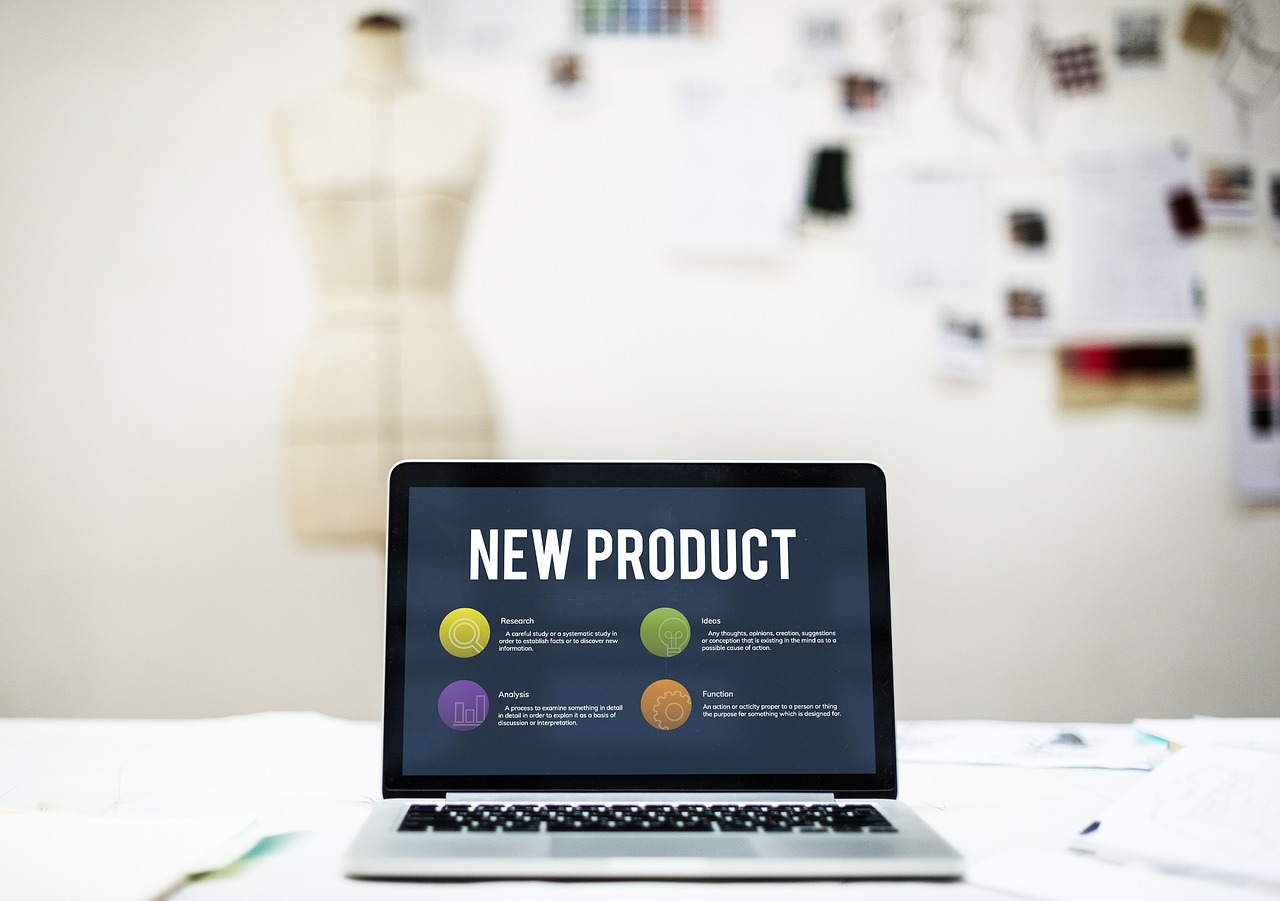OTAN News
Getting Started with Technology in the Classroom
Technology can be overwhelming. Once we get started using it in the classroom with our students, though, we can begin to see the possibilities. We automate some of our work, we have our students use a few tech tools during class time, we use technology to communicate with students in and out of the classroom, and slowly we begin to realize the potential of technology to transform learning and work.
But what about your colleague in the next classroom or down the hall who doesn’t use technology at all, or only uses it the least amount possible because of school requirements (for example, submitting student attendance online, or checking their teacher email account)? How can we get this person to begin using technology and in more meaningful ways? Even though the blog post Limited Devices, Unlimited Possibilities by Nate Ridgway is meant to provide ideas for teachers with limited access to technology (and you should read this article if this applies to your situation!), there are a number of good ideas for the beginning teacher that may help make using tech in the classroom less intimidating and more doable.
The first is to identify the reasons for using technology and where using technology would be appropriate. For teachers new to technology, we recommend small steps. For example, instead of giving a paper test, could the students use technology to take the exam? Or, if students use their cellphones to text their families and friends, could the teacher text students to remind them about homework or important upcoming events? The point is to think about the applicability of technology and set up expectations with students about when to use tech and when not.
When it comes to lesson planning, Nate recommends following the CUES system:
-
Create A Home Base – Use a website, an LMS, or another tool like a Hyperdoc to organize all of the materials to be used and as a resource that students can easily find and keep coming back to for information and materials
-
Use Web-Based Apps – The main issue here is access. Mobile apps are available all the time and don’t require a visit to the computer lab. Students can use the devices in the class or share with a group for those without. Also, the teacher could eventually create app activities that students can access outside of the classroom for additional practice.
-
Establish Expectations and Procedures for Online Work – At least initially, a teacher new to tech may need a transition that includes paper and digital. If students are working online, can they still work on paper or finish work on paper that they began online?
-
Stick to Apps That Are Easy to Use – Again, start small! A new teacher can pick one app for one purpose – presenting, assessing, communications, etc. – and use that to build a level of comfort with technology that can be a springboard to the next app or use of tech. Also, a teacher should select an app that will be easy for students to access and use. Don’t pick an app with a complicated login procedure or one that requires other tasks such as downloading files.
OTAN is happy to provide training for teachers new and used to technology. Please contact us at support@otan.us or call us at 916-228-2580 for more information!
Article: Limited Devices, Unlimited Possibilities from CUE


